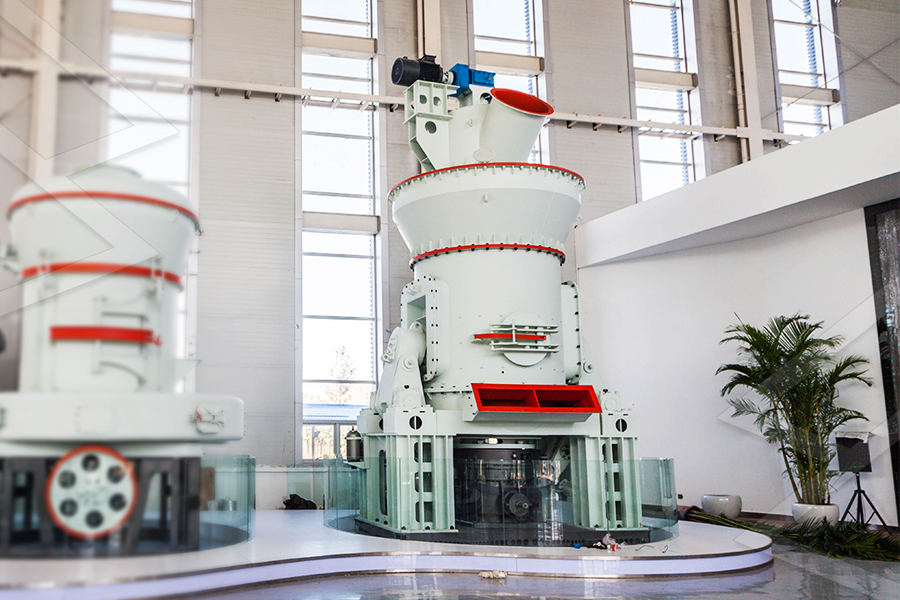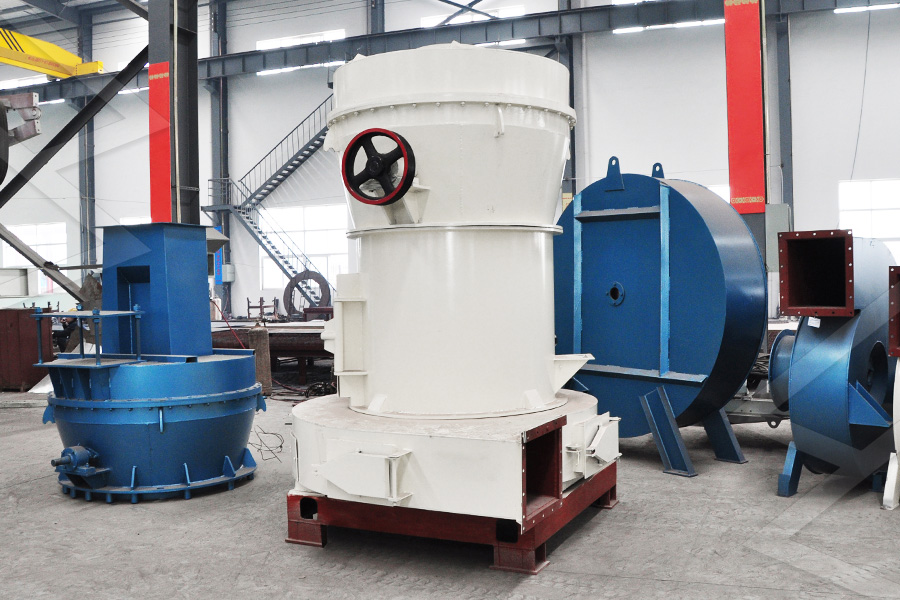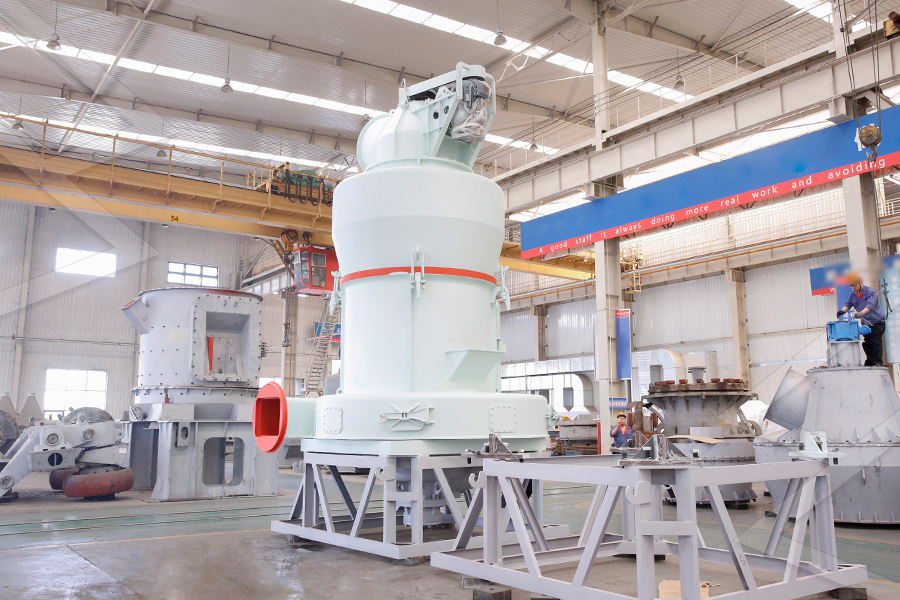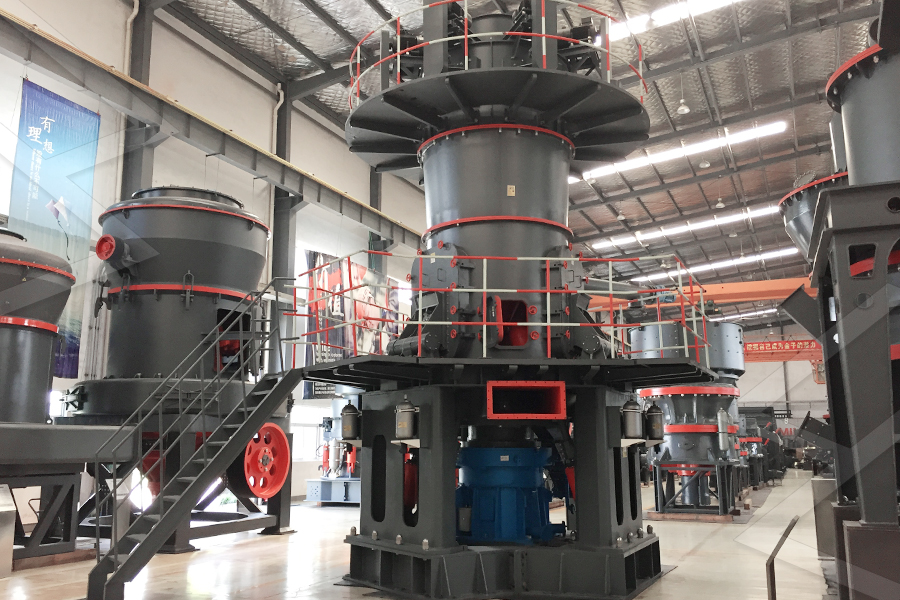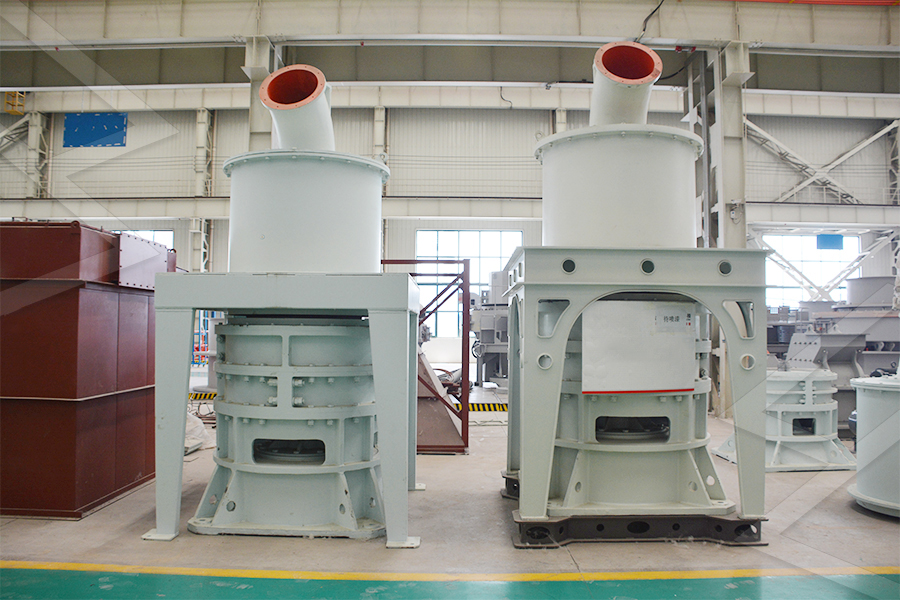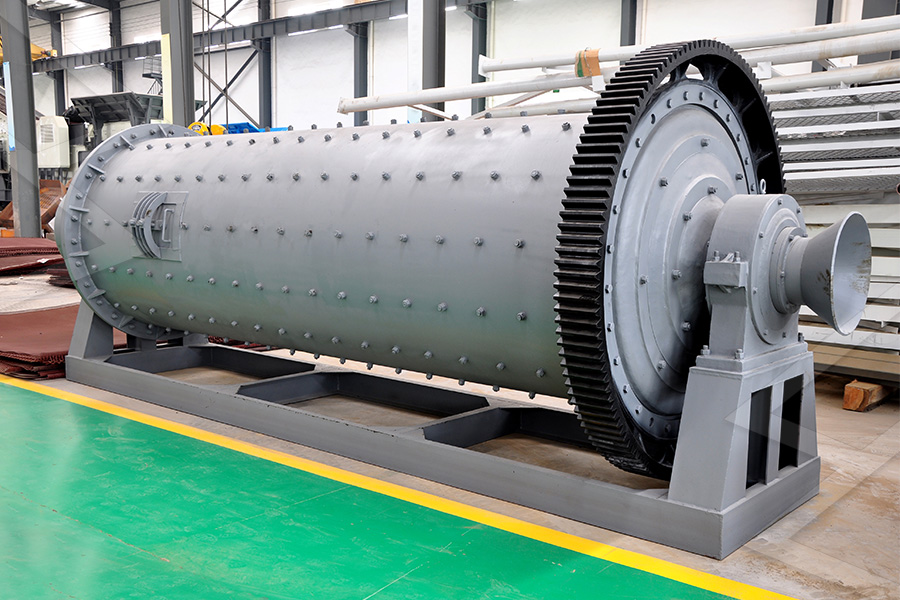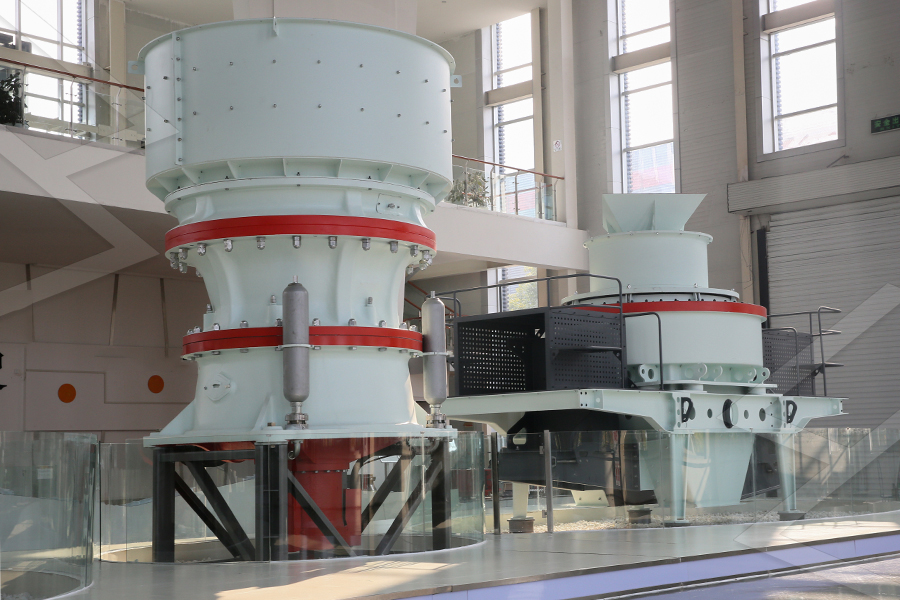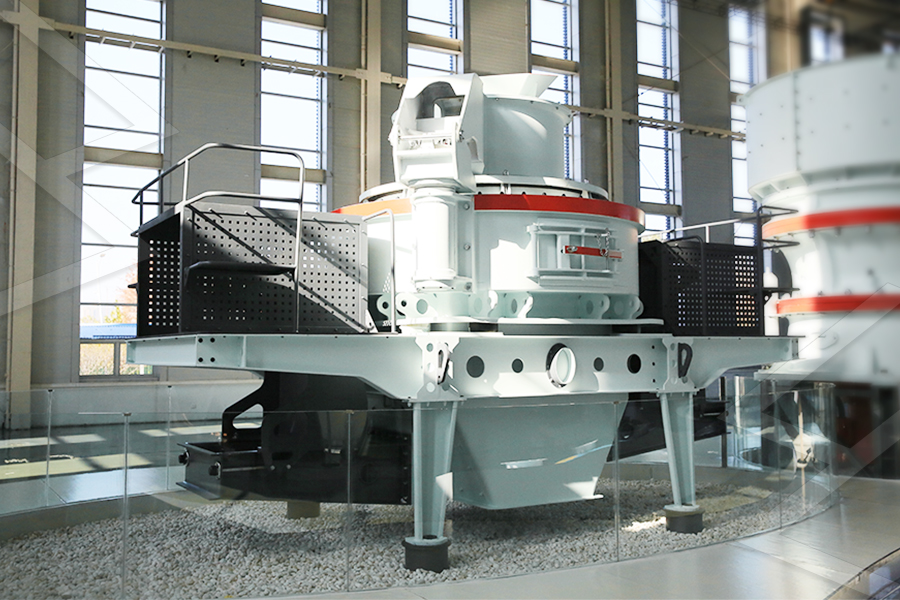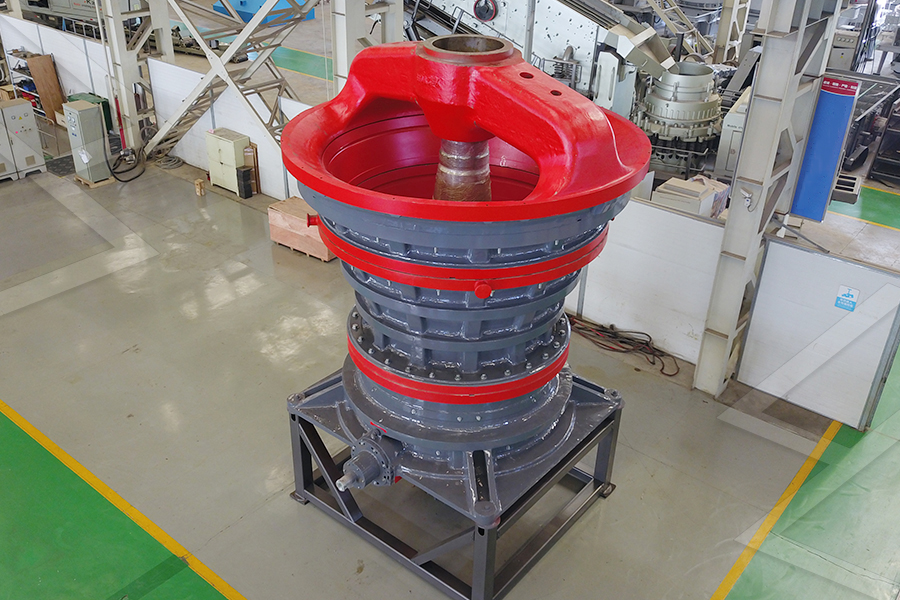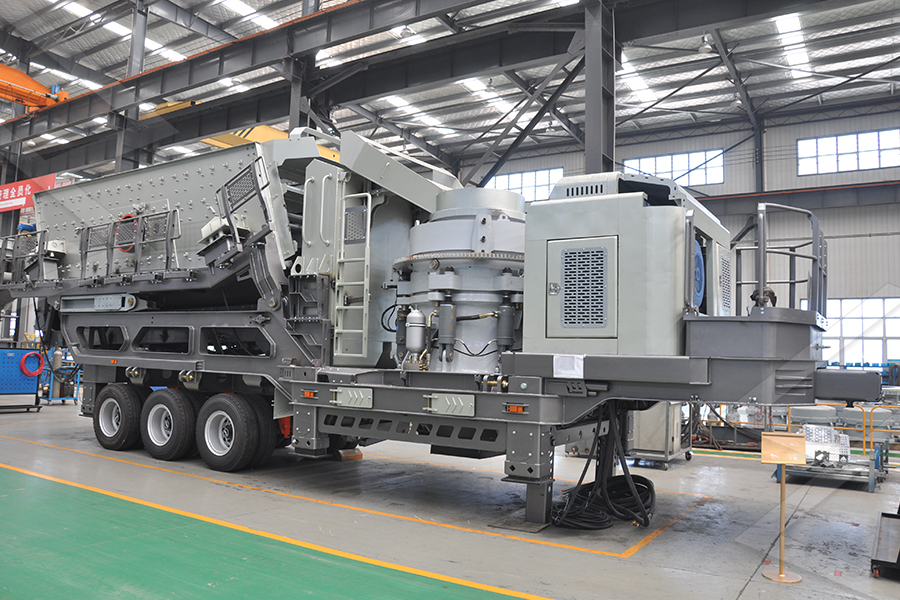How Much Water is Required for Iron Ore Beneficiation Plant?
Introduction to Iron Ore Beneficiation
Unlocking the hidden potential of iron ore is a task that requires careful planning and strategic execution. Enter the world of iron ore beneficiation, where science and innovation come together to transform raw materials into high-quality products. In this blog post, we will delve deep into the fascinating process of iron ore beneficiation plants, exploring their water requirements and how they contribute to sustainable resource management. Get ready to dive into a realm where water plays a vital role in unlocking the true value of this precious mineral! So sit back, relax, and let's embark on an informative journey through the world of iron ore beneficiation plants.
The Process of Iron Ore Beneficiation
The process of iron ore beneficiation is a complex and intricate one, involving various stages and techniques to separate the valuable iron minerals from the gangue. It begins with crushing and grinding the ore to a fine powder, which is then subjected to physical separation methods such as magnetic separation or gravity separation.
In magnetic separation, powerful magnets are used to attract and separate the magnetic iron particles from non-magnetic materials. This helps in removing impurities and increasing the iron content of the ore. On the other hand, gravity separation relies on differences in density between different minerals. Heavy media cyclones or spirals are commonly used for this purpose.
After physical separation, chemical processes may be employed to further refine and concentrate the iron ore. Froth flotation is one such method where chemicals are added to create conditions favorable for selective attachment of certain minerals onto air bubbles.
The process of iron ore beneficiation requires careful planning and implementation of various techniques to ensure optimal recovery of valuable minerals while minimizing environmental impact. Each step in this process plays a crucial role in achieving desired outcomes and maximizing economic value from the ore deposits.
Case Studies on Iron Ore Beneficiation
Iron ore beneficiation is a complex process that involves the separation of the valuable minerals from the waste rock and gangue material. To better understand how this process works, let's take a look at some case studies on iron ore beneficiation.
Case Study 1: An iron ore mine in Australia implemented a gravity separation circuit to recover high-grade hematite and magnetite fines. By using various techniques such as spirals, shaking tables, and magnetic separators, they were able to achieve an increase in the overall iron content of their product.
Case Study 2: In Brazil, a large-scale iron ore beneficiation plant was built to recover low-grade itabirite ores through crushing, grinding, magnetic separation, and flotation processes. This resulted in increased production capacity and improved product quality for the company.
Case Study 3: A mining company in South Africa installed a dense media separation (DMS) plant for processing lower-grade iron ore deposits. The DMS technology allowed for efficient removal of waste material while maximizing the recovery of valuable metals.
These case studies highlight the diverse approaches used in iron ore beneficiation plants around the world. Each operation faces unique challenges based on factors such as deposit characteristics and market demands. By implementing innovative techniques and technologies tailored to specific needs, these companies have been able to optimize their operations and enhance their profitability.
Iron ore beneficiation continues to evolve as new research findings emerge and technological advancements are made. With ongoing efforts towards sustainability and environmental stewardship, we can expect further improvements in efficiency and water conservation within these plants.
Outlook for Iron Ore Beneficiation
The future of iron ore beneficiation looks promising, as the global demand for steel continues to rise. With emerging economies fueling infrastructure development and urbanization projects, the need for high-quality iron ore is ever-increasing.
Advancements in technology have revolutionized the process of iron ore beneficiation, making it more efficient and cost-effective. Researchers and scientists are constantly exploring innovative methods to extract maximum value from low-grade ores.
One key area of focus is improving energy efficiency in the beneficiation process. By optimizing various stages such as crusher, grinding mill, magnetic separation, and flotation, significant reductions in water consumption can be achieved.
Additionally, there is a growing emphasis on sustainable practices within the industry. Efforts are underway to minimize environmental impact through recycling and reusing water resources wherever possible.
Furthermore, with stricter regulations regarding tailings management and waste disposal coming into effect globally, there is a greater impetus for implementing environmentally friendly solutions in iron ore beneficiation plants.
The outlook for iron ore beneficiation appears optimistic. Continued research and development efforts coupled with a commitment to sustainability will drive advancements in this field. As we look ahead to a greener future, innovative technologies will play a crucial role in maximizing resource utilization while minimizing environmental footprint.
Water Requirements for Iron Ore Beneficiation
Water is a crucial element in the process of iron ore beneficiation. Its efficient utilization plays a significant role in ensuring maximum productivity and minimizing environmental impact. The water requirements for iron ore beneficiation can vary depending on the specific processes involved, such as disaggregation, physical separation, and chemical separation.
During the disaggregation stage, water is used to break down the ore into smaller particles through crushing and grinding. This process helps to release valuable minerals from their host rock and make them easier to separate. The amount of water needed depends on factors like the hardness and size distribution of the ore.
In physical separation methods like gravity or magnetic separation, water is used as a medium to separate different components based on their density or magnetic properties. It facilitates the movement of particles through various equipment such as spirals or hydrocyclones.
Chemical separation techniques involve using chemicals to selectively extract desired minerals while leaving unwanted impurities behind. Water is often used in these processes as a solvent or medium for mixing reagents with crushed ore.
The actual amount of water required for iron ore beneficiation plants can vary significantly based on factors like plant capacity, feed characteristics, process efficiency, and recycling capabilities. To illustrate this variability better, let's look at some case examples:
- Case Example 1: A large-scale iron ore beneficiation plant with high processing capacity may require substantial amounts of fresh water intake due to its continuous operation.
- Case Example 2: A smaller-scale plant that focuses on low-grade ores might have optimized its operations to minimize freshwater consumption by implementing effective recycling systems.
These examples highlight that there is no one-size-fits-all approach when it comes to determining exact water requirements for iron ore beneficiation plants. However, it's essential for all plants within this industry sector to prioritize sustainable practices by minimizing overall water consumption through efficient use and recycling strategies whenever possible.
By understanding how each stage of iron ore beneficiation utilizes water resources differently and adopting responsible management practices, operators can strike a balance between resource utilization and environmental stewardship.
Water Need for Disaggregation
Disaggregation is a crucial step in the process of iron ore beneficiation. It involves breaking down the mined ore into smaller particles to facilitate further processing. Water plays a vital role in this stage, ensuring efficient disaggregation.
To achieve effective disaggregation, water is used to create a slurry that helps separate the valuable iron-bearing minerals from the gangue materials. The slurry is formed by mixing water with crushed and ground ore, creating a fluid mixture that can easily be transported and processed.
The amount of water required for disaggregation depends on various factors such as the type of ore being processed, its moisture content, and the desired particle size distribution. In general, higher moisture content requires less additional water for optimal disaggregation.
During this stage, it's important to strike a balance between using enough water to ensure thorough separation while avoiding excessive use that could lead to inefficiencies or environmental concerns. Proper control and management of water usage are essential in achieving sustainable operations.
An adequate supply of water is necessary for effective disaggregation in iron ore beneficiation plants. By carefully managing and optimizing its usage during this critical stage, operators can maximize productivity while minimizing environmental impact.
Water Need for Physical Separation
Physical separation is a crucial step in the process of iron ore beneficiation. It involves separating the valuable minerals from the gangue, or waste material, using physical methods such as gravity separation and magnetic separation.
In order to achieve effective physical separation, water is required at various stages. During crushing and grinding of the ore, water is used to reduce particle size and create slurry. This slurry is then pumped into classifiers or cyclones where water helps separate particles based on their size and density.
Next, water plays a vital role in flotation processes. In this method, air bubbles are introduced into the slurry to selectively attach to valuable minerals while leaving behind unwanted gangue materials. Water acts as a medium for these bubbles to float mineral particles towards the surface for collection.
Furthermore, during dewatering operations like filtration or thickening, excess water needs to be removed from the final concentrate. This ensures that the product meets quality specifications and reduces transportation costs.
Physical separation requires an adequate supply of water throughout different stages of iron ore beneficiation. The specific amount of water needed can vary depending on factors such as ore characteristics and processing techniques employed by each plant.
Water Need for Chemical Separation
Chemical separation is another crucial step in the iron ore beneficiation process. This method involves the use of chemicals to remove impurities and improve the quality of the final product. However, it also requires a significant amount of water.
In chemical separation, water is used as a medium to dissolve or react with certain minerals and contaminants present in the ore. These reactions help in separating specific elements from the rest of the material. The water acts as a carrier, transporting dissolved substances away from the solid particles.
The amount of water needed for chemical separation depends on various factors such as the type and quantity of chemicals used, processing techniques employed, and desired end product specifications. Different chemical reagents require different volumes of water for effective operation.
Additionally, it's important to note that not all chemicals used in this process are environmentally friendly. Therefore, proper management and disposal systems should be in place to ensure minimal impact on natural water sources.
While chemical separation plays a vital role in iron ore beneficiation by enhancing product purity and removing impurities, it also necessitates substantial amounts of water throughout its implementation.
Case Examples of Water Usage in Iron Ore Beneficiation Plants
Iron ore beneficiation plants rely heavily on water for various processes involved in the separation of valuable minerals from the unwanted gangue materials. The amount of water required can vary depending on factors such as the type and quality of iron ore, the specific beneficiation process being employed, and the overall plant design.
In some cases, water is used for disaggregation, which involves breaking up large clumps or aggregates of iron ore into smaller particles. This helps to improve the efficiency of subsequent physical and chemical separation processes. Water is also used in physical separation methods such as gravity separation, magnetic separation, and flotation.
For example, in a gravity separation process known as jigging, water is utilized to create a pulsating movement that allows denser iron ore particles to settle more quickly while lighter gangue materials are carried away by the flowing water. Similarly, in magnetic separation processes, water is used to transport suspended magnetic particles through magnetic fields.
Chemical separations involve using reagents that interact with specific components of the mineral mixture to selectively separate them. These processes often require mixing chemicals with water before adding them to the pulp containing crushed iron ore material.
Case examples of water usage in iron ore beneficiation plants demonstrate how crucial this resource is throughout these operations. For instance, a case study conducted at an Australian iron ore mine revealed that approximately 15 million liters (3.96 million gallons) per hour were consumed during the processing of low-grade ores using wet high-intensity magnetic separators.
Another example comes from a Brazilian mining company where around 2-3 cubic meters (528-616 gallons) per tonne of processed raw material were required for dewatering purposes during their beneficiation process.
These case studies highlight just some instances where significant amounts of water are necessary for efficient operation within iron ore beneficiation plants worldwide.
Water consumption varies depending on multiple factors including geographical location and local regulatory requirements governing sustainable use practices within each region's available supply constraints.
Conclusion
The water requirements for an iron ore beneficiation plant play a crucial role in its overall operation and sustainability. Throughout this blog post, we have explored the various processes involved in iron ore beneficiation and how each stage requires water to some extent.
From the disaggregation of raw materials to physical and chemical separation, water is used at every step. The amount of water needed may vary depending on factors such as the type of ore being processed, the desired end product, and the efficiency of the plant's equipment.
In case studies on iron ore beneficiation, we have seen examples where significant amounts of water are required. These include instances where large quantities of water are needed for washing and scrubbing purposes or when chemicals need to be added for effective separation.
Considering these factors, it becomes evident that managing water resources efficiently is essential for sustainable operation of an iron ore beneficiation plant. This includes implementing technologies that minimize water usage while still ensuring optimal process performance.
By understanding the specific requirements at each stage of iron ore beneficiation and adopting innovative approaches to reduce wastage or recycle used water, operators can contribute to environmental preservation while maintaining productivity.
It is important for stakeholders in this industry – from mining companies to government bodies – to prioritize sustainable practices by investing in research and development aimed at minimizing freshwater consumption without compromising quality or quantity output.
In conclusion (while not actually concluding), addressing the issue of water requirements in iron ore beneficiation plants is essential for achieving long-term success. By optimizing processes, conserving resources, and embracing technological advancements that promote responsible use of water, we can ensure a more sustainable future for both our planet and our industries.
